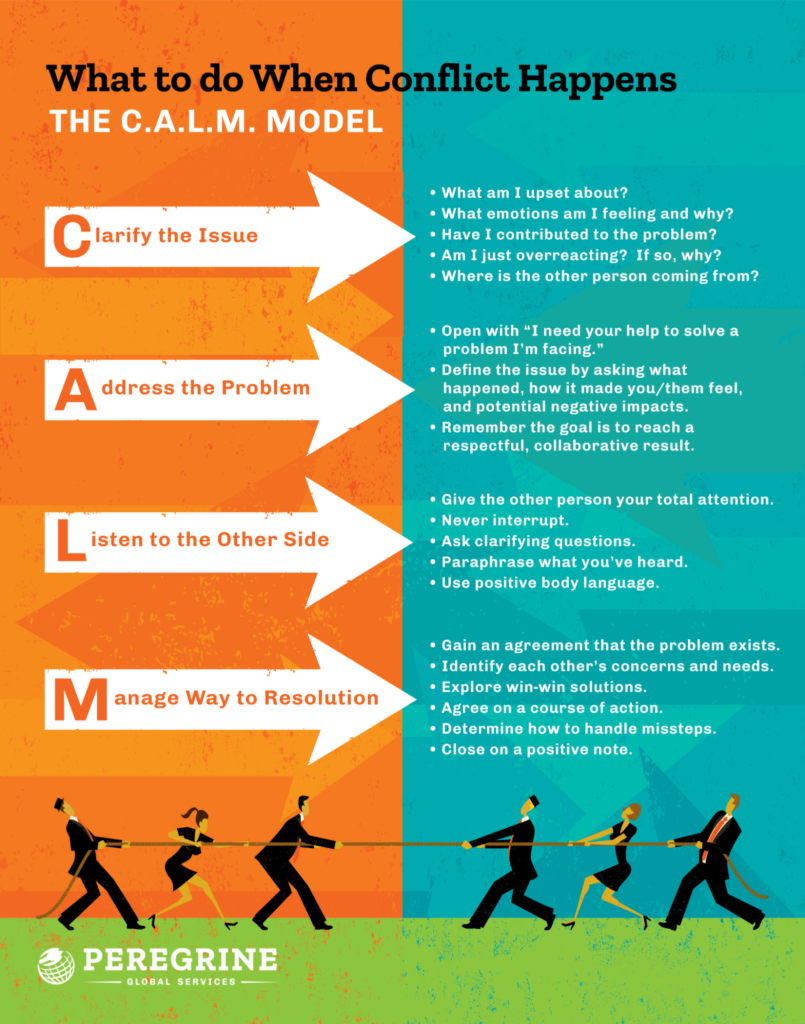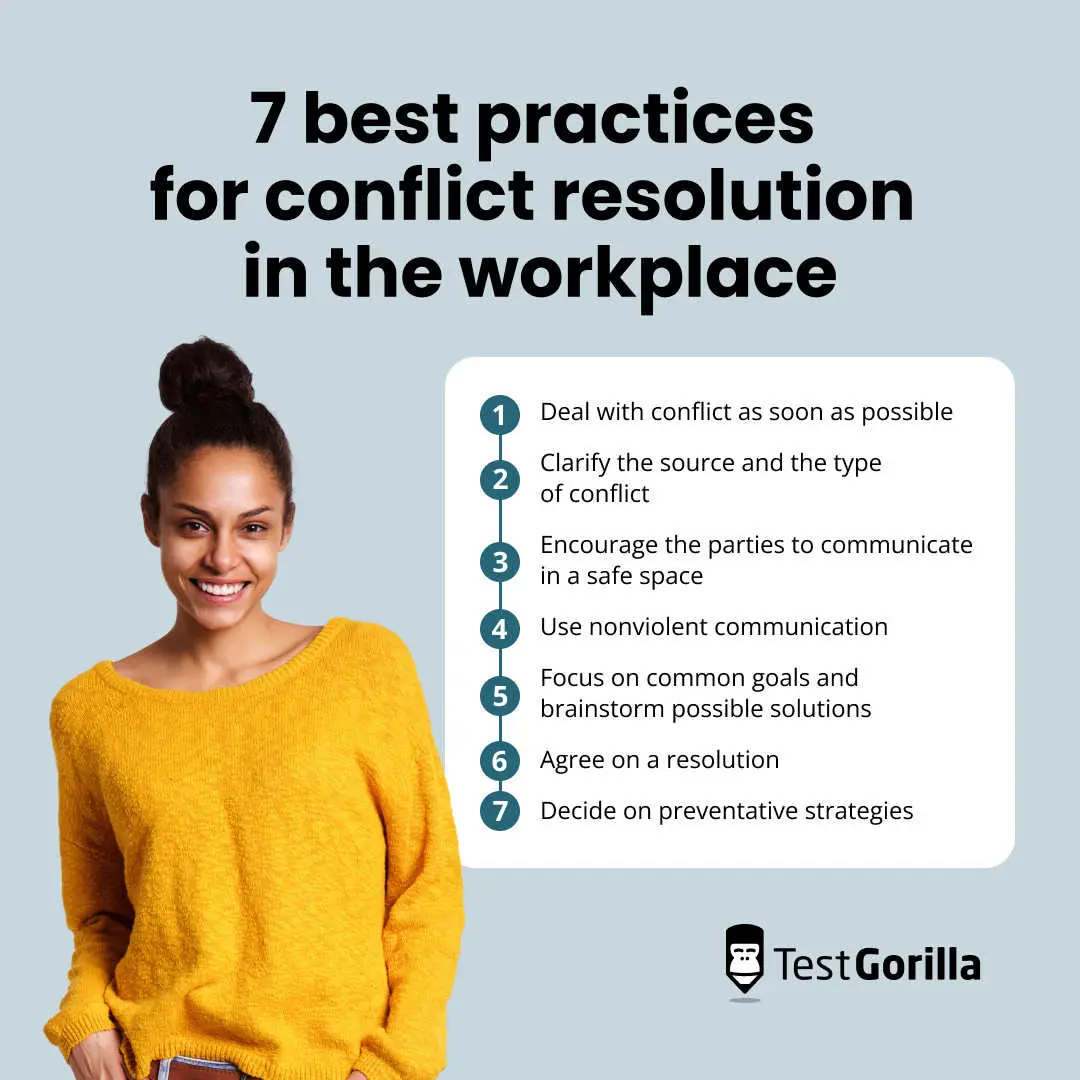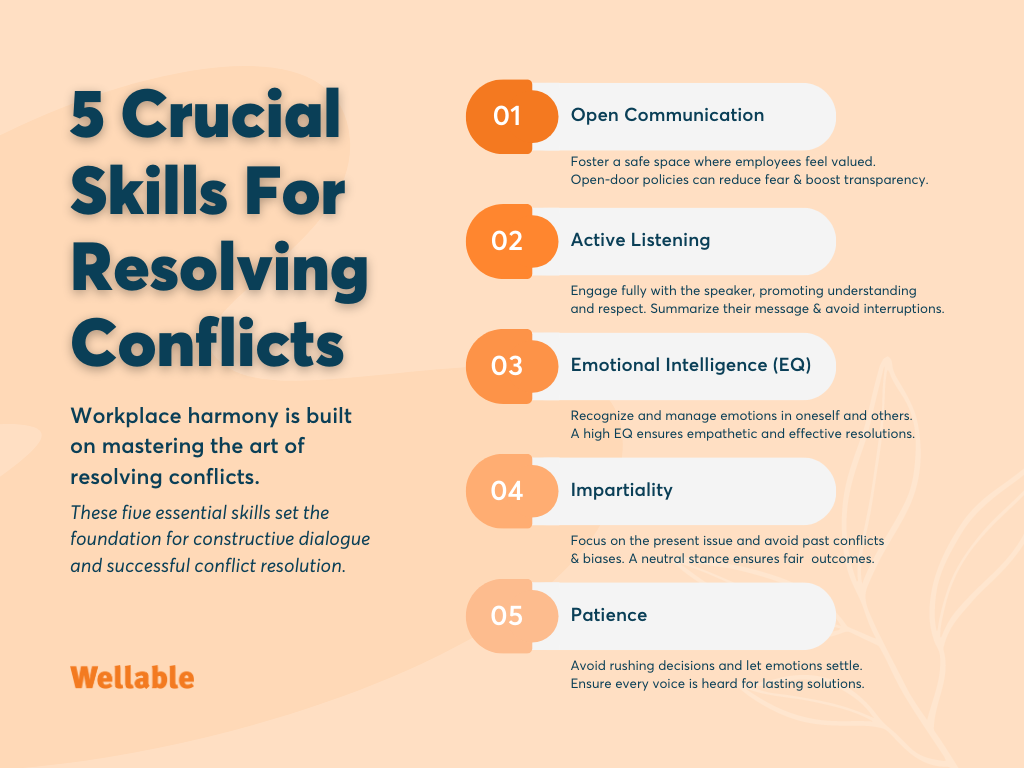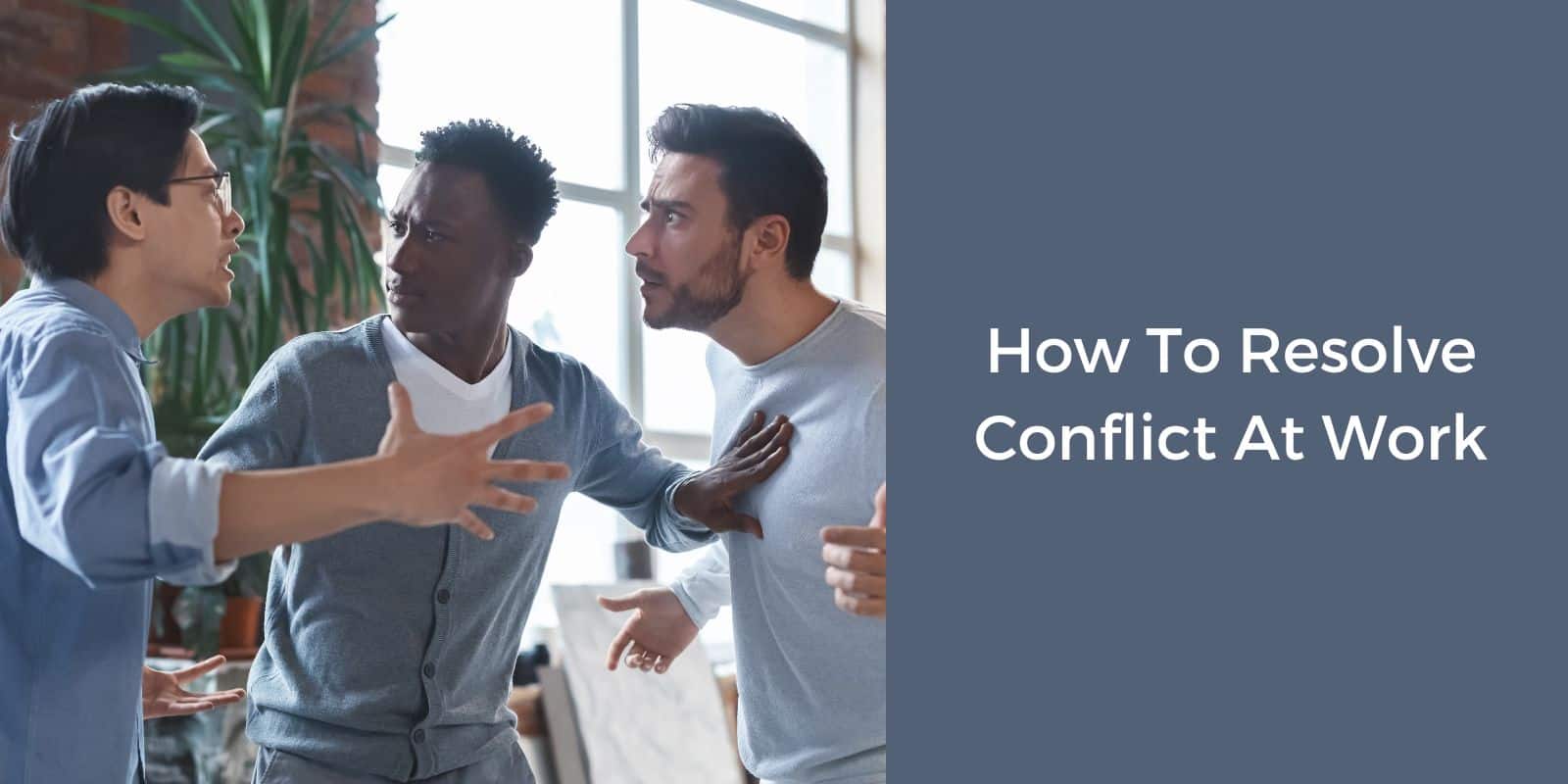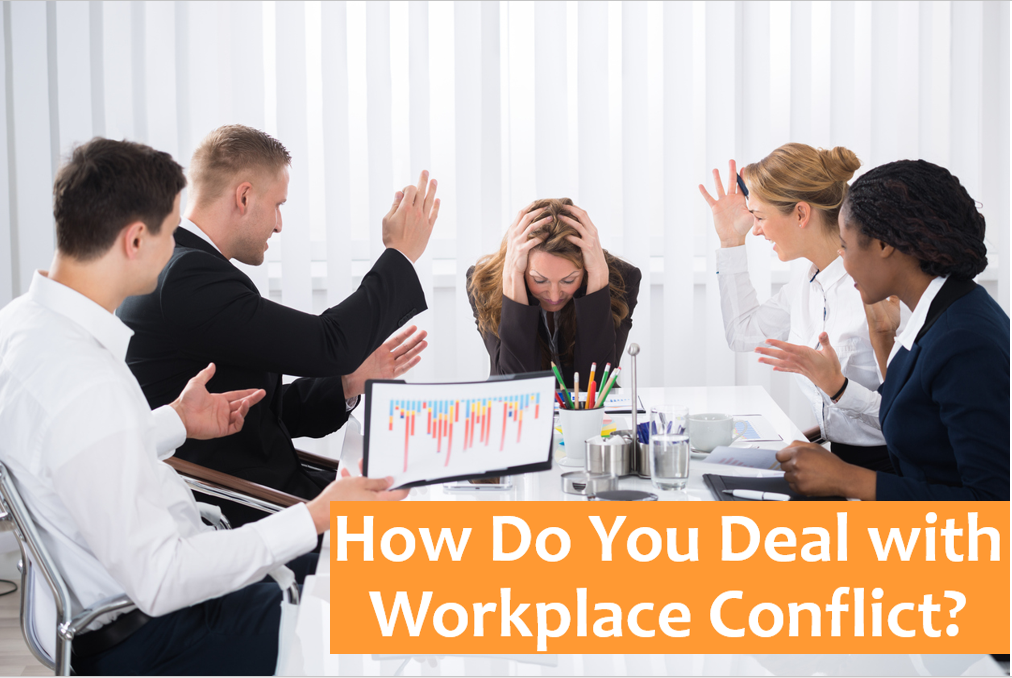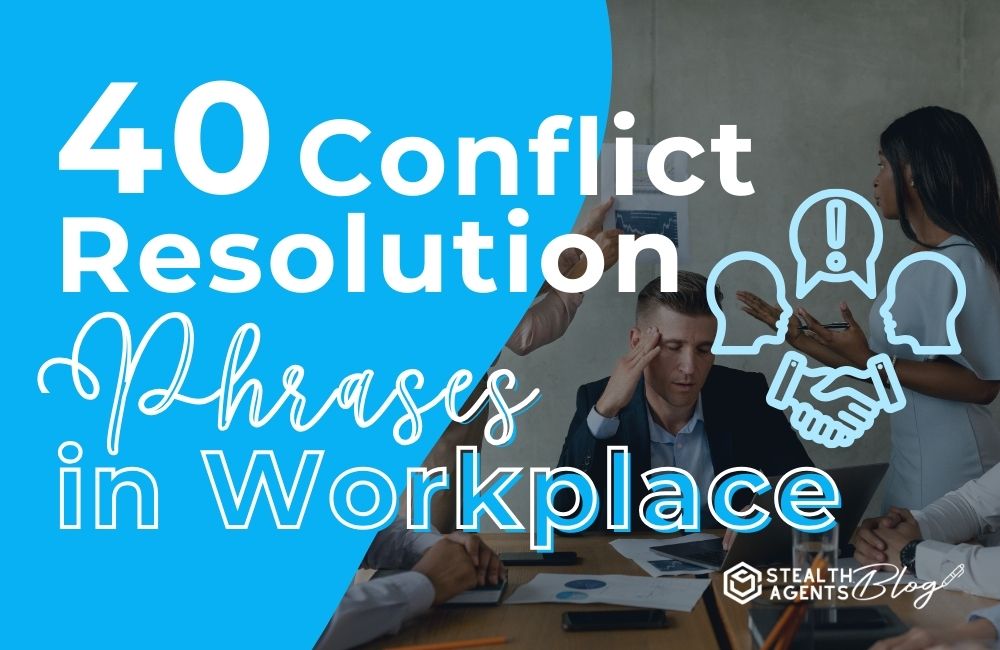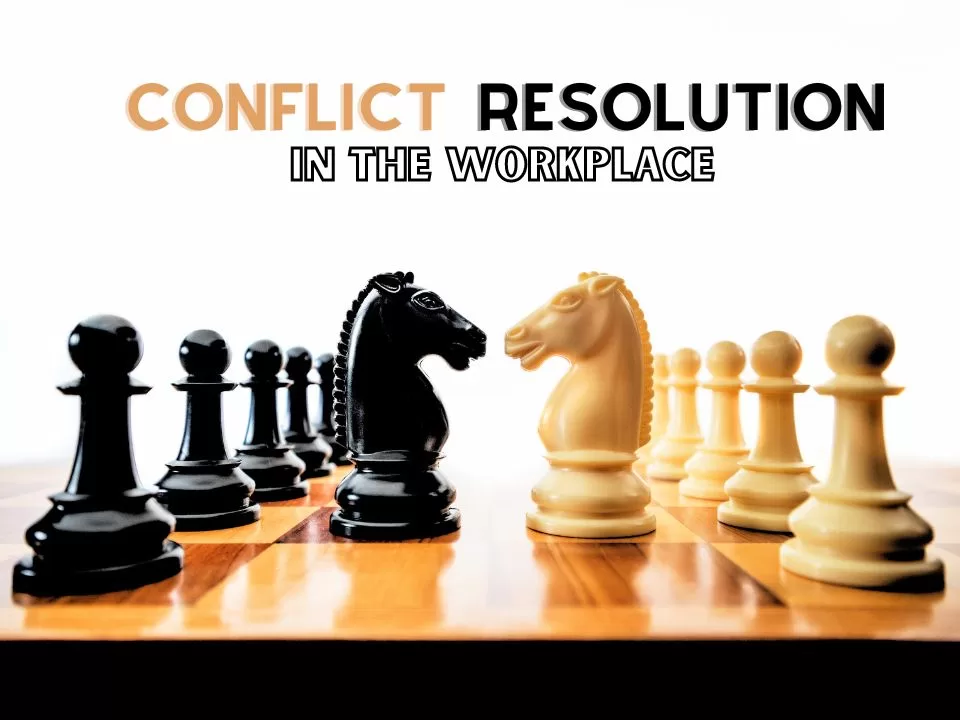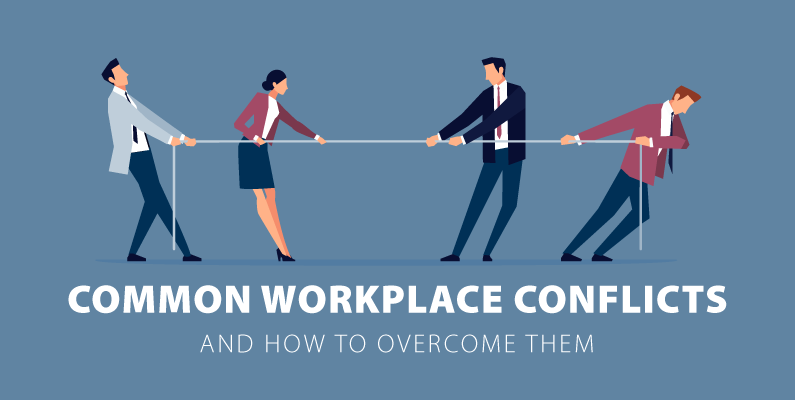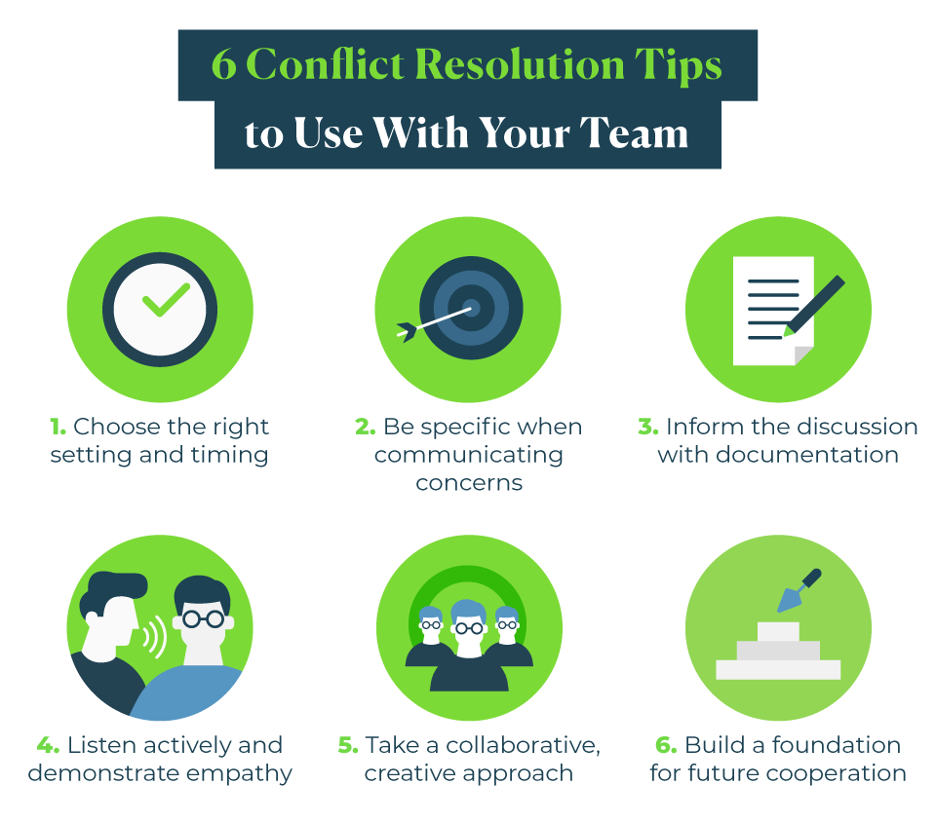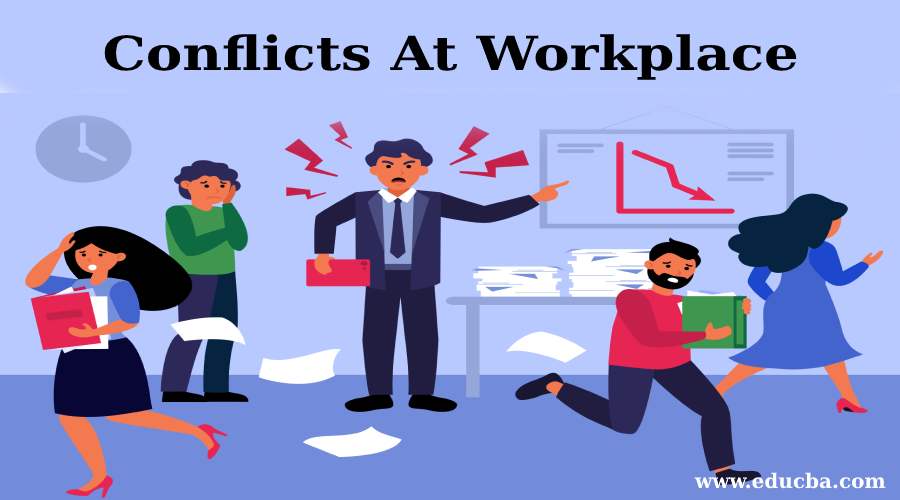How You Resolved A Conflict At Work
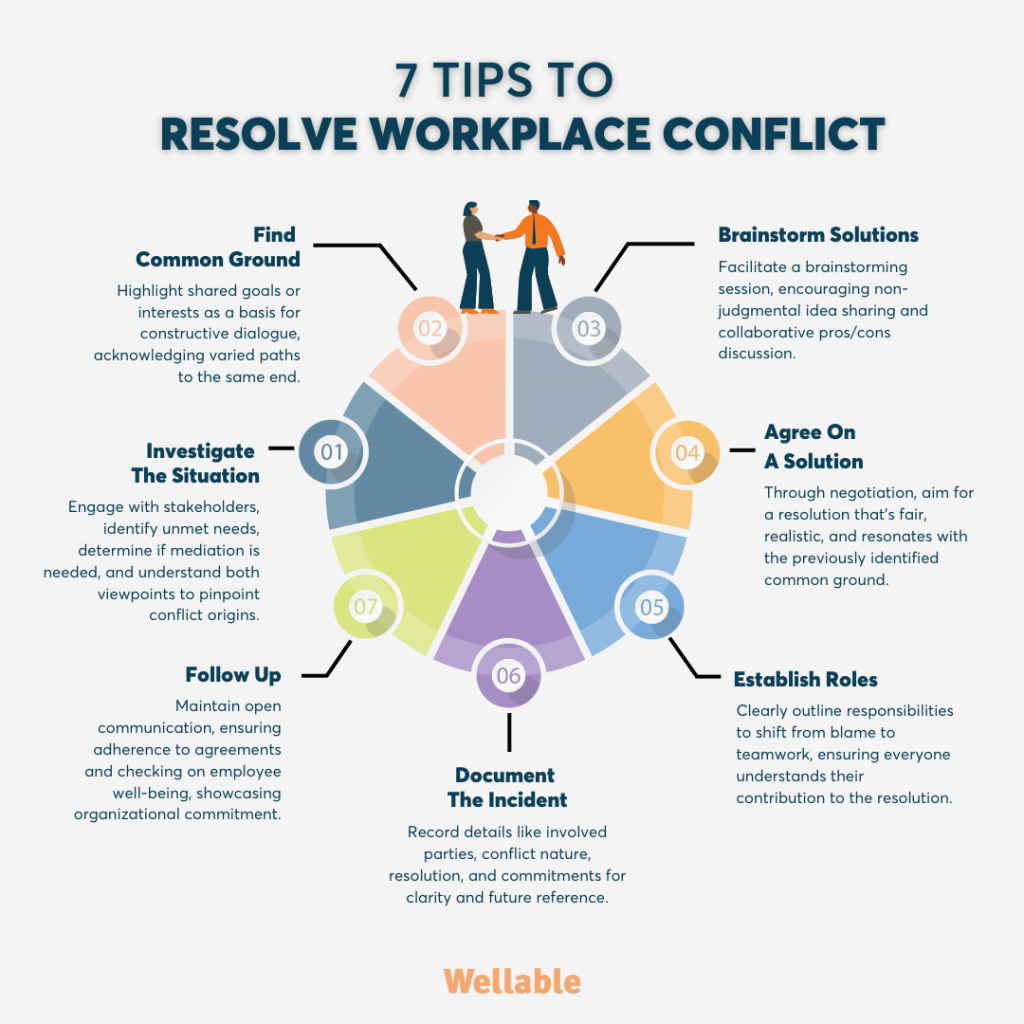
The clatter of keyboards and the low hum of the office air conditioner usually provided a comforting, almost rhythmic backdrop to my workday. But on this particular Tuesday, the rhythm was jarringly disrupted. A tense silence had fallen over the marketing team, thicker than the morning fog clinging to the city skyline. Two colleagues, Sarah and Mark, were locked in a visible, albeit unspoken, battle, their disagreement casting a long shadow over our shared projects.
The atmosphere was palpable; the underlying tension threatened to derail a crucial campaign launch. Navigating workplace disagreements is never easy, but it's a skill I've consciously developed. This particular incident required careful listening, empathy, and a willingness to find common ground, ultimately transforming a potential setback into a stronger, more collaborative team dynamic.
The Genesis of the Discord
Sarah, a brilliant copywriter, and Mark, our seasoned graphic designer, had always been a powerhouse duo. Their creative synergy had resulted in some of our most successful campaigns. However, their recent project – a campaign aimed at promoting our new line of sustainable products – revealed a significant clash in creative visions.
Sarah advocated for a text-heavy approach, emphasizing the factual details and the company's commitment to environmental responsibility. Mark, on the other hand, strongly believed in a visually driven campaign, using impactful imagery to convey the message emotionally. The problem stemmed from a lack of clear, upfront communication regarding project expectations.
"It's often the assumptions we make that lead to the biggest misunderstandings,"I’ve often heard in leadership training.
Observing the Rift
Initially, their opposing viewpoints manifested as subtle disagreements during team meetings. These quickly escalated into tense email exchanges and noticeable avoidance of one another in the break room. The tension was affecting not only their individual productivity but also the overall team morale. I knew I needed to intervene before it impacted the project deadline.
Stepping In: Facilitating Dialogue
My first step was to schedule individual meetings with both Sarah and Mark. I wanted to understand their perspectives without them feeling pressured or judged. With Sarah, I focused on acknowledging the importance of factual information in building consumer trust regarding sustainability. I highlighted past campaigns where her detailed copy had been instrumental in driving sales.
With Mark, I acknowledged his talent for creating visually stunning campaigns that resonated with audiences. I reminded him of how his imagery had previously amplified our brand message and increased engagement. During these one-on-ones, I made a point of actively listening, summarizing their concerns, and validating their feelings. It was crucial for them to feel heard and understood.
Finding Common Ground: The Mediation
Following the individual meetings, I proposed a mediated discussion. The goal was not to assign blame or declare a winner, but rather to facilitate a collaborative solution. I emphasized that both their ideas had merit, and that combining their strengths could lead to an even more impactful campaign. I acted as a facilitator, ensuring that the conversation remained respectful and focused on finding common ground.
During the discussion, I encouraged them to actively listen to each other's perspectives and identify areas of overlap in their creative visions. We explored how we could integrate Sarah's detailed copy with Mark's impactful visuals to create a campaign that was both informative and emotionally engaging. We ultimately decided on a mixed-media approach: short, informative text blocks paired with powerful, evocative imagery.
A Resolution and a Learning Experience
The mediated discussion led to a breakthrough. Sarah and Mark began brainstorming ideas together, building on each other's strengths and finding creative solutions that satisfied both their visions. The campaign launched successfully, receiving positive feedback from both consumers and industry experts. More importantly, Sarah and Mark renewed their respect for each other, realizing the value of collaboration and open communication. The entire team benefited from witnessing a positive resolution to a potentially disruptive conflict.
Looking back, the key to resolving this conflict lay in active listening, empathy, and a willingness to facilitate open dialogue. It reinforced the importance of clear communication and shared goals in team projects. By creating a safe space for discussion and helping Sarah and Mark find common ground, we transformed a potential setback into an opportunity for growth and strengthened collaboration within the team. Empathy and understanding can bridge divides, and collaboration can yield better outcomes than individual endeavors. The experience affirmed my belief that conflict, when addressed constructively, can lead to innovation and stronger working relationships.
